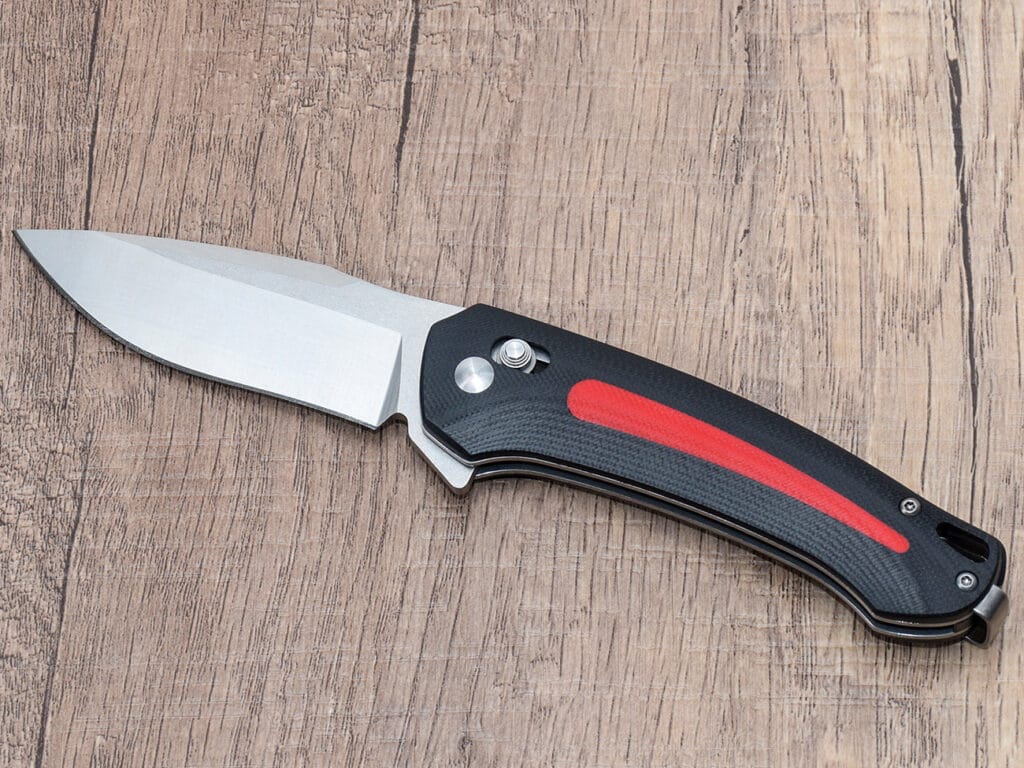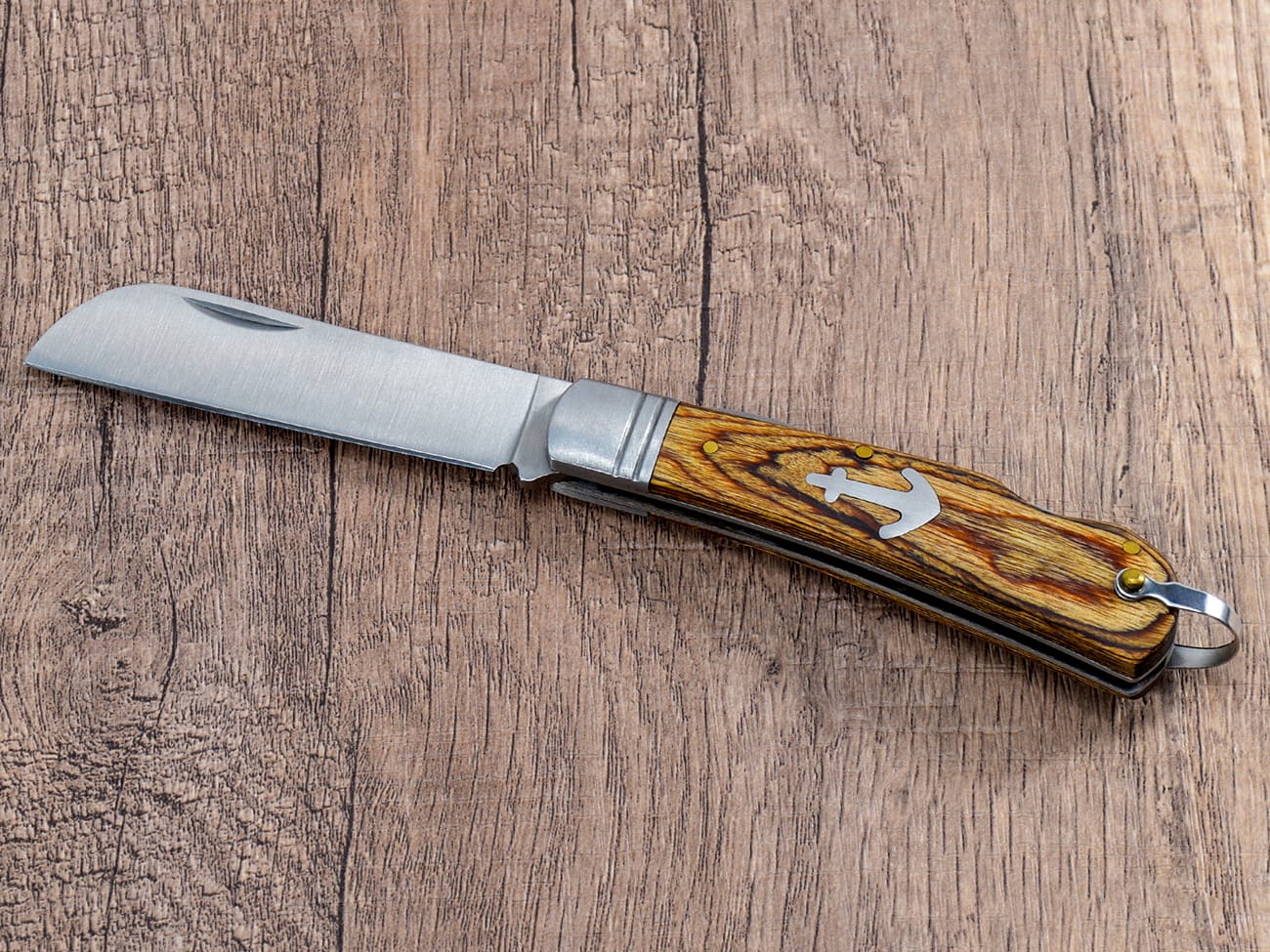Understanding the correct angle to sharpen your knife is crucial for achieving optimal performance and longevity. Whether you’re maintaining an EDC knife or sharpening a custom pocket knife, the sharpening angle can make the difference between a dull blade and one that slices with precision. This guide will walk you through everything you need to know about knife sharpening angles.
What Is the Ideal Angle for Sharpening a Knife?
The ideal sharpening angle depends on several factors, including the knife’s purpose and steel type. Most pocket knives benefit from a 20-degree angle per side, creating a total edge angle of 40 degrees. This angle strikes a balance between sharpness and durability.
How Does Steel Hardness Affect Sharpening Angle?
Steel hardness plays a crucial role in determining the optimal sharpening angle. Stainless steel blade knives with harder steels can maintain more acute angles, while softer steels require more obtuse angles for better edge retention.
Understanding Single Bevel vs. Double Bevel
Most folding knives feature a double bevel, meaning they’re sharpened on both sides. However, some traditional Japanese knives use a single bevel design. This affects how you approach the sharpening process and the angles you’ll use.

The Role of Blade Thickness in Sharpening
The thickness of the blade behind the edge influences the optimal sharpening angle. Thicker blades typically require wider angles to prevent wedging, while thinner blades can maintain more acute angles for better cutting ability.
Common Sharpening Angle Recommendations
- Kitchen knives: 15-17 degrees per side
- EDC knives: 20 degrees per side
- Outdoor knives: 22-25 degrees per side
- Hunting knives: 25-30 degrees per side
How to Maintain Consistent Angles While Sharpening
Maintaining a consistent angle is crucial for achieving a sharp edge. Using an angle guide can help beginners develop muscle memory and ensure consistent results. Freehand sharpening takes practice but offers more flexibility.
Signs You’re Using the Wrong Sharpening Angle
If your knife isn’t performing as expected, you might be using the wrong sharpening angle. Signs include:
- Edge rolling or chipping
- Poor cutting ability
- Rapid dulling
- Difficulty achieving sharpness
Impact of Use on Sharpening Angle Selection
Consider how you’ll use the knife when selecting a sharpening angle. A fixed blade knife used for heavy chopping needs a more obtuse angle than one used for precise cutting tasks.
Advanced Techniques: Micro Bevels and Compound Angles
Advanced sharpeners might employ micro bevels or compound angles to enhance performance. These techniques can improve both cutting ability and edge retention when properly executed.
Choosing the Right Sharpening Tools
Success in achieving the right angle depends on using appropriate sharpening supplies. Quality sharpeners, stones, and angle guides help maintain consistent angles throughout the sharpening process.
Key Points to Remember:
- Most pocket knives perform best at 20 degrees per side
- Harder steels can maintain more acute angles
- Consider your knife’s primary use when selecting an angle
- Consistency is more important than absolute precision
- Use appropriate tools and guides when learning
- Regular maintenance helps maintain optimal edge geometry
By following these guidelines and understanding the principles behind knife sharpening angles, you’ll be better equipped to maintain your blades effectively and safely.




